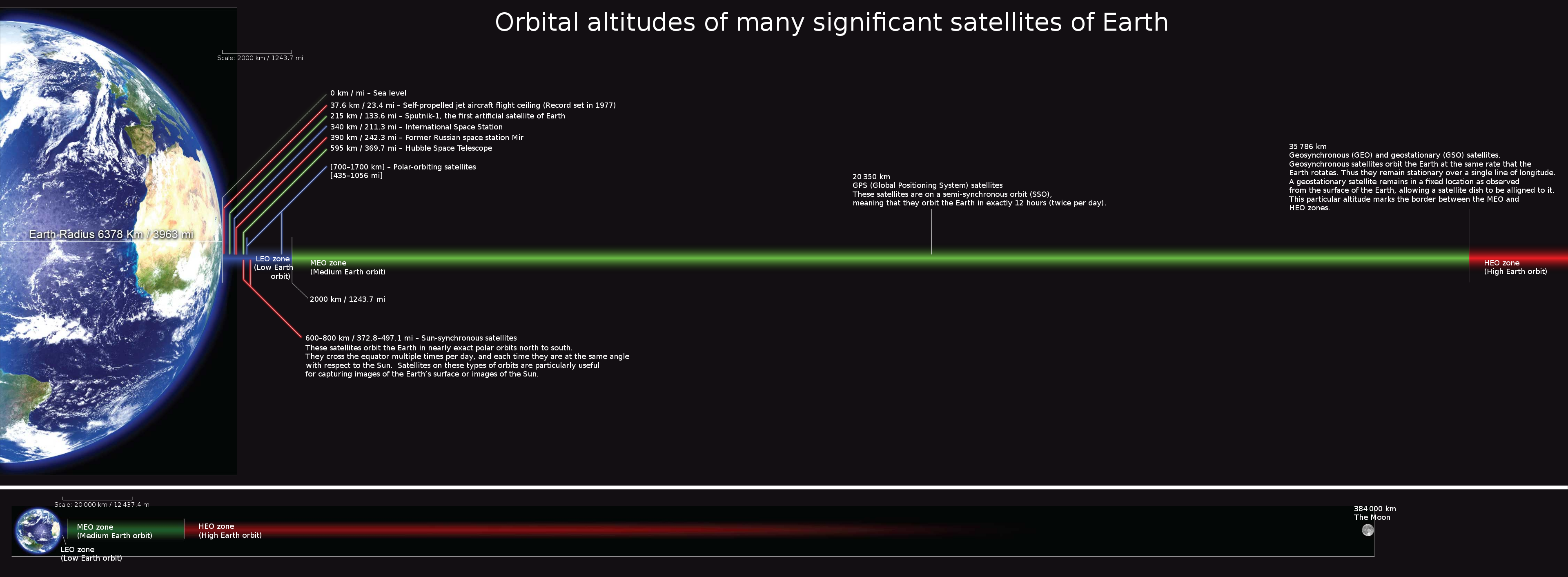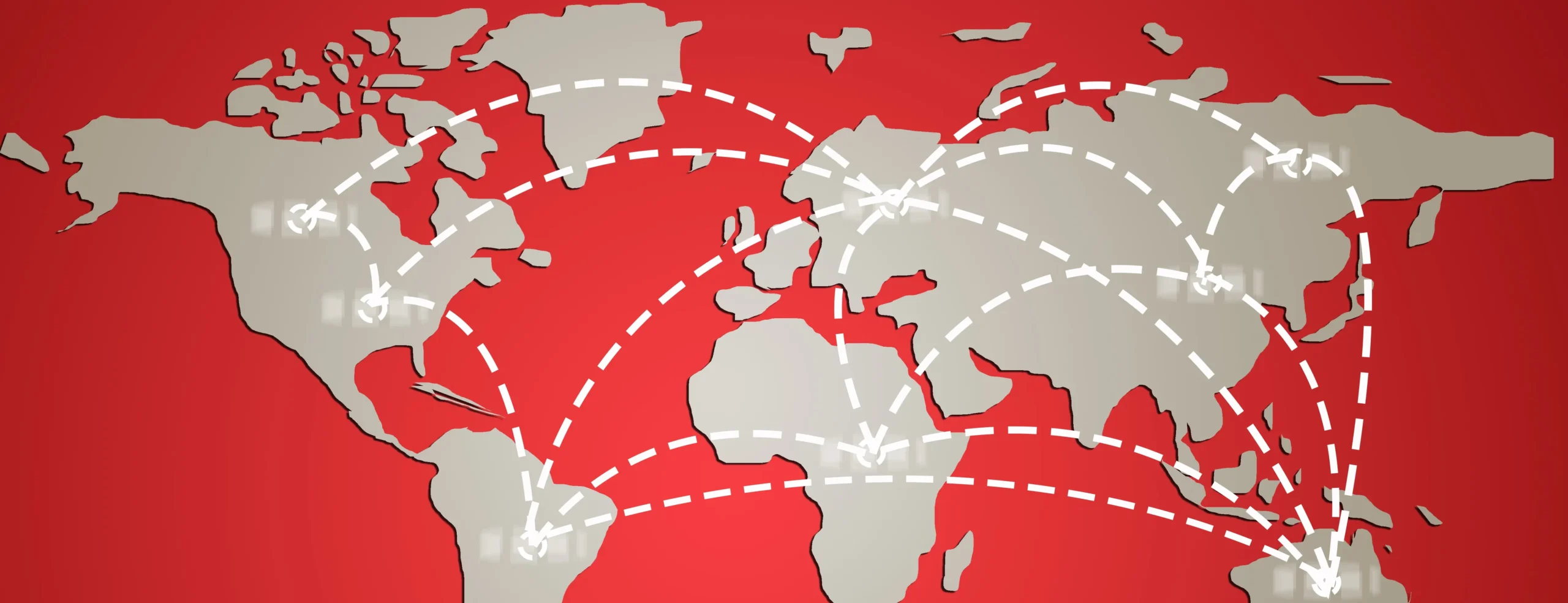Globally, an estimated 4.2 billion people lack access to the internet, highlighting a major technological disparity. This digital divide disproportionately impacts rural and remote communities, hindering their access to essential healthcare, education, and economic opportunities. Traditional terrestrial infrastructure expansion often faces financial and geographical limitations in these regions. As satellite technology becomes increasingly accessible, space-based internet solutions emerge as a potential alternative.
However, the lowering cost of satellite production and launch, coupled with the availability of technological complexities of operating in low-earth orbit (LEO) create a competitive landscape. Developed nations and corporations are vying for dominance in LEO, raising concerns about the future accessibility of this technology for developing countries. This article investigates the challenges arising from this intensifying competition and its potential consequences for the digital inclusion of developing nations.
Low Earth Orbit and Space Internet
LEO is a region of space situated at relatively low altitudes above Earth’s surface, typically ranging from about 160 kilometres to 2,000 kilometres. Because of its proximity to Earth, LEO is crucial for various space missions and applications, making it suitable for Earth observation, communication, and scientific research, The following image shows the main orbital altitudes:

By Mark Mercer – Own work, Earth image from http://3dnature.com/wall.html (https://web.archive.org/web/20090215033246/http://3dnature.com/wall.html), now https://3dnature.com/downloads/free-wallpaper/, CC BY-SA 3.0, https://commons.wikimedia.org/w/index.php?curid=16302497
LEO is pivotal in providing connectivity through satellite constellations in the space internet. Prominent satellite constellations in LEO are being developed to serve as the infrastructure for global broadband internet and other telecommunication needs, aiming to offer ubiquitous connectivity worldwide. The integration of LEO satellite networks with terrestrial internet infrastructure, exemplified by projects like the StarLink Project, demonstrates the increasing interest in leveraging LEO satellites to enhance global connectivity, which stimulated a fever around the world to launch satellites into this orbit, especially during the past ten years, as the following figure shows:
The graph illustrates the increasing rate of objects in this orbit, which grew from approximately 3,900 in 2013 to over 10,200 in 2023.
LEO satellites offer advantages for space internet connectivity but face constraints that impact the effectiveness and efficiency of satellite communication networks in this orbital area. Therefore, the demand for internet services from satellites in low Earth orbit LEO may still need to be completely fulfilled.
Starting with the proximity of LEO satellites, which circle the Earth at altitudes up to 2,000 kilometres and provide narrower coverage than satellites in higher orbits, like geostationary satellites, roughly 35,786 kilometres above the equator. The lower altitude results in each satellite covering a smaller area of the Earth’s surface simultaneously. The restricted coverage area requires deploying a more significant number of satellites to obtain worldwide coverage, which raises the complexity and cost of the satellite network.
The numerous satellites cause a delay in transmitting signals between them and the final receiver. This is called signal latency because the signals must be exchanged among multiple satellites and ground stations. This delay affects essential Internet functions, such as the real-time transmission of conferences, meetings, phone calls, and sporting events.
One of the most critical side effects of increasing the number of objects in orbit is the increased probability of collision between them, especially given the limited space available in orbit compared to the number of objects orbiting in it, which also requires additional resources and coordination to maneuver satellites to avoid collisions and ensuring the sustainability of LEO orbits, impacting the overall efficiency of space internet operations.
The Race to LEO
Countries worldwide started competing to launch many satellites into orbit to achieve two main objectives: to utilise space internet benefits, particularly highlighted during the Russian-Ukrainian conflict when Starlink provided internet access to Ukraine after Russia blocked it , and to secure a significant share of the limited orbital space before it becomes unable to accommodate more satellites.
In 2023, organisations worldwide launched over 2,600 objects into LEO, surpassing the total quantity launched from 2006 to 2018. Most objects, approximately 2,200, originated from the USA. The graph below demonstrates this trend:
The graph shows a significant increase in the number of objects launched into space over the past two decades. From 2000 to 2023, the annual number of objects launched has grown from 121 to 2664. The United States has consistently launched the most objects into space throughout the period, with China showing a significant rise in recent years. In 2023, the U.S. launched 2166 objects while China launched 128.
The significant factor behind this trend is the development of mega Commercial constellations for broadband internet access, so the global space launch market is expected to experience continued growth in the coming years. Several companies, including SpaceX, OneWeb, and Amazon’s Project Kuiper, plan prominent constellations with thousands of satellites.
On the government level, China’s government is expanding its space programme, including developing a commercial space industry. Japan also has a well-established space programme emphasising research missions and Earth observation. Both countries are also developing the commercial space sector. Russia’s space programme encounters problems such as possible financial limitations and rivalry from other countries with space capabilities. Nevertheless, it still retains substantial launch capability. Due to this increase, the annual number of objects launched globally could reach 10,000 by 2030.
Kessler Syndrome and the Sustainability of the Orbit
As the number of launches increases and orbital space becomes limited, the issue of orbital sustainability is being raised since it means maintaining the long-term viability and safety of the orbital environment for space activities, including satellite operations and space missions . The increasing number of space objects planned for launch threatens this, leading to a worst-case scenario that widely damages the orbit.
The sustainability of LEO orbits is directly impacted by the Kessler Syndrome. As the number of debris in LEO increases, the risk of collisions also rises, creating a self-sustaining cycle of debris generation. This scenario endangers existing satellites and poses challenges for future satellite launches and space activities. The accumulation of debris can lead to a cluttered and hazardous orbital environment, making it difficult to navigate and increasing the likelihood of collisions.
Orbit Sustainability and the Developing Nations
The Kessler Syndrome can significantly affect the chances of developing countries establishing space-based internet services. The potential effects of the Kessler Syndrome on developing countries’ opportunities for space internet are many, most significant as follows:
- Limited Access to Orbital Slots: The accumulation of space debris due to the Kessler Syndrome can increase the risk of collisions in LEO, potentially leading to the saturation of orbital slots with debris. This situation may restrict the availability of safe and viable orbital positions for launching and operating satellites, limiting developing countries’ ability to establish their space internet infrastructure.
- Increased Risk to Satellite Operations: The proliferation of space debris poses a heightened risk to operational satellites in LEO, including those intended for space internet services. The presence of debris fragments can threaten the safety and functionality of satellites, potentially disrupting communication networks and hindering developing countries’ deployment of new satellite constellations.
- Higher Costs and Technical Challenges: Mitigating the risks associated with the Kessler Syndrome requires advanced technologies for debris tracking, collision avoidance, and space situational awareness. Developing countries may need help acquiring the necessary resources and expertise to address these technical complexities, leading to increased costs and operational hurdles in establishing and maintaining space internet systems.
Ultimately, to ensure the benefits of space internet are accessible and sustainable, a global effort must address these key areas:
- Responsible Space Use: Governments and commercial space companies must prioritize space debris mitigation and collision avoidance strategies. Stricter regulations and technological advancements are essential to minimize the growing threat of orbital debris.
- International Collaboration: Spacefaring nations should work together to establish guidelines and protocols for responsible behaviour in LEO, promote launch transparency, and facilitate technology sharing to support sustainable space initiatives.
- Capacity Building for Developing Nations: International assistance should focus on helping developing nations acquire essential knowledge, resources, and infrastructure to participate responsibly in the race for LEO, ensuring an equitable share of its benefits.
- Alternative Approaches: Investment in ground-based solutions and exploring higher orbits for connectivity could be complementary strategies to reduce reliance on LEO and promote its long-term usability.
Finally, the future of the space internet depends critically on balancing the race for innovation with a collaborative vision for a safe and accessible orbital environment. Without a proactive approach, the digital divide might be bridged at the cost of exacerbating potential inequalities and rendering a vital orbital resource unusable.
References
Danner, H. and Thøgersen, J. (2021). Does online chatter matter for consumer behaviour? a priming experiment on organic food. International Journal of Consumer Studies, 46(3), 850-869. https://doi.org/10.1111/ijcs.12732
Tremaine, S. and Yavetz, T. D. (2014). Why do earth satellites stay up?. American Journal of Physics, 82(8), 769-777. https://doi.org/10.1119/1.4874853
Rawls, M. L., Thiemann, H. B., Chemin, V., Walkowicz, L. M., Peel, M., & Grange, Y. (2020). Satellite constellation internet affordability and need. Research Notes of the AAS, 4(10), 189. https://doi.org/10.3847/2515-5172/abc48e
Zheng, G., Wang, N., Tafazolli, R., & Wei, X. (2020). Geosynchronous network grid addressing for integrated space-terrestrial networks. 2020 IEEE 28th International Conference on Network Protocols (ICNP). https://doi.org/10.1109/icnp49622.2020.9259376
Lin, H. (2014). Efficient dynamic authentication for mobile satellite communication systems without verification table. International Journal of Satellite Communications and Networking, 34(1), 3-10. https://doi.org/10.1002/sat.1088
Durga, S., Rajeshwari, C., Allehaibi, K. H. S., Gupta, N., Albaqami, N. N., Bharti, I., … & Basori, A. H. (2022). Deep reinforcement learning-based long short-term memory for satellite iot channel allocation. Intelligent Automation &Amp; Soft Computing, 33(1), 1-19. https://doi.org/10.32604/iasc.2022.022536
Serfontein, Z., Kingston, J., Hobbs, S., Impey, S. A., Aria, A. I., Holbrough, I., … & Beck, J. C. (2022). Effects of long-term exposure to the low-earth orbit environment on drag augmentation systems. Acta Astronautica, 195, 540-546. https://doi.org/10.1016/j.actaastro.2021.06.009
Sheetz, Amanda Macias,Michael, Pentagon awards SpaceX with Ukraine contract for Starlink satellite internet, CNBC, 2023-06-01, Available at: https://www.cnbc.com/2023/06/01/pentagon-awards-spacex-with-ukraine-contract-for-starlink-satellite-internet.html
Gusmini, D., D’Ambrosio, A., Servadio, S., Siew, P. M., Di Lizia, P., & Linares, R. (2024). Effects of orbit raising and deorbiting in source-sink evolutionary models. Journal of Spacecraft and Rockets, 1-14. https://doi.org/10.2514/1.a35849
Izzo, D., Getzner, I., Hennes, D., & Simões, L. (2015). Evolving solutions to tsp variants for active space debris removal. Proceedings of the 2015 Annual Conference on Genetic and Evolutionary Computation. https://doi.org/10.1145/2739480.2754727
Rao, A. and Rondina, G. (2022). Open access to orbit and runaway space debris growth.. https://doi.org/10.48550/arxiv.2202.07442
























Comments